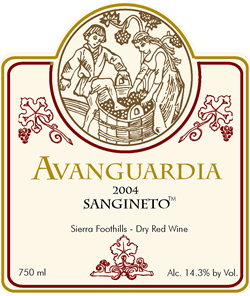 |
|
Wine Details
Price:
$20.00 per bottle
Description:
Varietal Composition: At least 75% ( i.e. could be a varietal) Sangiovese, plus the patented UC cross Carmine ( see Ampio for description) and possibly other varieties to add color, body. Three clones of Sangiovese, including the Brunello clone are used.
What it resembles: Various Tuscan Sangiovese blends, sometimes known as Super-Tuscans. Picked at less than 25% sugar, this wine is more restrained and displays more finesse than many California Sangioveses or Sangiovese blends.
|
|
|